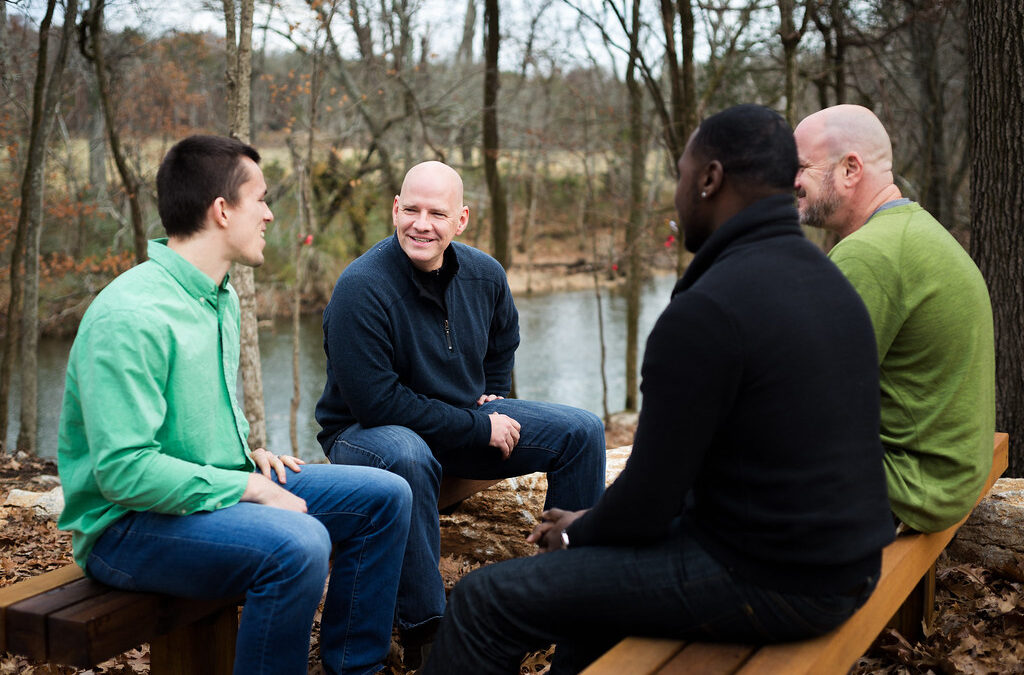What are desire paths? They are informal trails created when people take shortcuts instead of following designated walkways.
Every morning, a woman walks her dog across the same patch of grass in the park near her house. It’s a small act, a shortcut to the road beyond. Over time, others follow: a jogger, a cyclist, a child on his scooter. Slowly, a line begins to form. By mid-summer, the grass is worn to dirt, and a new path exists. It’s not planned, it’s not paved, but yet there is something so incredible about it.
These unofficial trails are called desire paths.
They are the lines worn through the grass, across corners, and around obstacles, the shortcuts taken not out of defiance, but out of instinct and convenience. They are made by ordinary people going about their days, but they leave behind something unexpectedly extraordinary- a visible mark of human presence, need, and a collective choice.
Desire paths appear wherever people move, whether it’s across college campuses, through snowy fields, or beside the local shopping center. They often begin with one person deciding not to follow the prescribed route, as slowly, step-by-step, others agree.
What makes these trails remarkable isn’t just their persistence, but instead what they reveal. They show us that regular people, simply by following their own logic or instinct, can quietly rewrite the design of a space. In this way, desire paths are acts of everyday authorship. They’re born from repetition and rooted in a collective human experience.
Urban planners and architects have learned to pay attention. Some universities and city developers now intentionally wait to see where desire paths appear, before pouring concrete or laying pavers. Others revisit old spaces and redesign walkways to better reflect the natural flows of foot traffic. It’s a rare moment when official planning bows to lived experience, but it’s a sign that ordinary people shape the environments we share.
There’s something poetic in that. In a world full of rules and regulations, desire paths offer a glimpse of quiet rebellion. They suggest that we aren’t always as predictable as the systems we live within. Sometimes we turn left when we’re told to go right. Sometimes we create new routes because the old ones no longer serve us. And sometimes, simply by walking, we open doors for others to follow.
These trails are not without complexity. They can damage delicate ecosystems or cut across spaces meant to be preserved, but they also prompt reflection. What does it say about how we build, design, or imagine the spaces around us?
Most of all, desire paths remind us that small acts matter. The first person to step onto the grass likely didn’t think they were starting something. They were just being practical- late to work, tired of the long way around, maybe unwilling to walk the extra steps. But their step was followed by another, and another. Eventually, what began as a moment of everyday pragmatism became a permanent part of the landscape.
That’s the magic of it. Desire paths are proof that change doesn’t always begin with grand gestures, sometimes, it begins with the simplest motion: one foot in front of the other, walking a different way.



